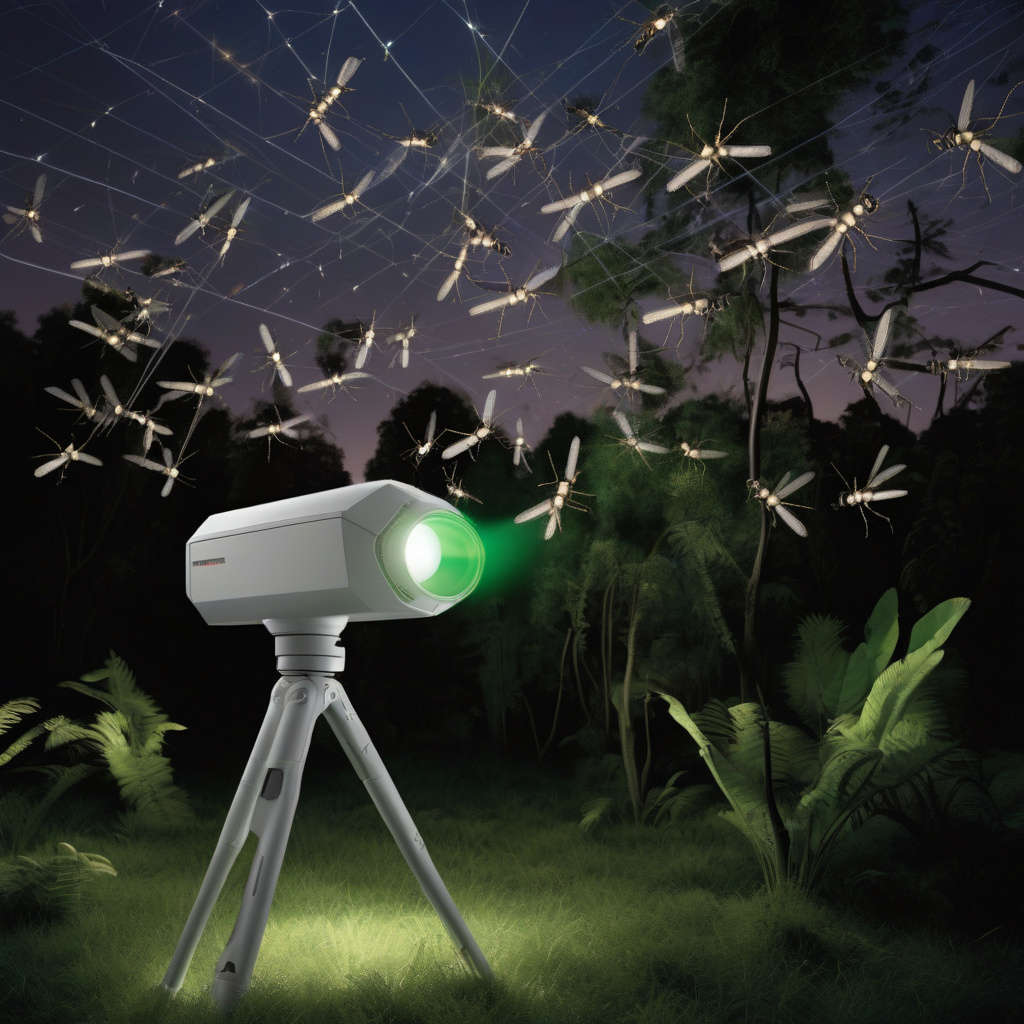Revolutionizing Pest Control: China’s Mosquito-Zapping Laser Technology
It is a dream for many to get a lightsaber used in Star Wars movies, but what if a laser could be used for a more practical purpose – like getting rid of disease-carrying mosquitoes? China has recently developed a groundbreaking technology that seems straight out of a sci-fi movie: a mosquito-zapping laser that mimics a missile defense system, capable of killing an astonishing 30 bugs per second. This innovative approach to pest control not only showcases China’s technological prowess but also offers a glimpse into the future of combating disease-spreading insects.
Mosquitoes are known vectors for deadly diseases such as malaria, dengue fever, Zika virus, and West Nile virus, causing millions of deaths worldwide every year. Traditional methods of mosquito control, such as insecticide sprays and bed nets, have proven to be effective to some extent but come with their limitations. The use of insecticides can lead to environmental pollution and the development of insecticide-resistant mosquito strains, while bed nets offer protection only when individuals are asleep.
In contrast, China’s mosquito-zapping laser technology presents a game-changing solution to this age-old problem. By harnessing the power of lasers to target and eliminate mosquitoes in mid-air, this innovative approach not only ensures swift and effective eradication of the insects but also minimizes the use of harmful chemicals in the environment. The precision and speed of the laser system, inspired by missile defense technology, allow for the targeted elimination of mosquitoes while minimizing collateral damage to other species.
The implications of this cutting-edge technology extend beyond just pest control. By demonstrating the successful application of laser technology in targeting and eliminating specific insects, China’s mosquito-zapping laser opens up a world of possibilities for the future. Similar laser-based systems could be developed to target other disease-carrying insects, such as ticks and flies, thereby revolutionizing vector control strategies globally.
Furthermore, the development of the mosquito-zapping laser technology underscores the importance of innovation and collaboration in addressing pressing global challenges. By bringing together experts from diverse fields such as entomology, engineering, and laser technology, China was able to create a solution that marries scientific expertise with technological innovation. This interdisciplinary approach not only ensures the effectiveness of the technology but also paves the way for future collaborations in tackling other complex issues.
As we look towards the future, it is crucial to recognize the potential of groundbreaking technologies like China’s mosquito-zapping laser in transforming our approach to pest control and disease prevention. By embracing innovation and investing in research and development, we can unlock new solutions to age-old problems and create a healthier, more sustainable world for future generations.
In conclusion, China’s development of the mosquito-zapping laser technology represents a significant milestone in the field of pest control and disease prevention. By leveraging the power of lasers inspired by missile defense systems, China has demonstrated the potential of innovative technologies in addressing global health challenges. As we continue to explore the possibilities of laser technology in pest control, we can look forward to a future where disease-carrying insects are no match for the precision and efficiency of mosquito-zapping lasers.
China, technology, innovation, pestcontrol, lasertechnology












